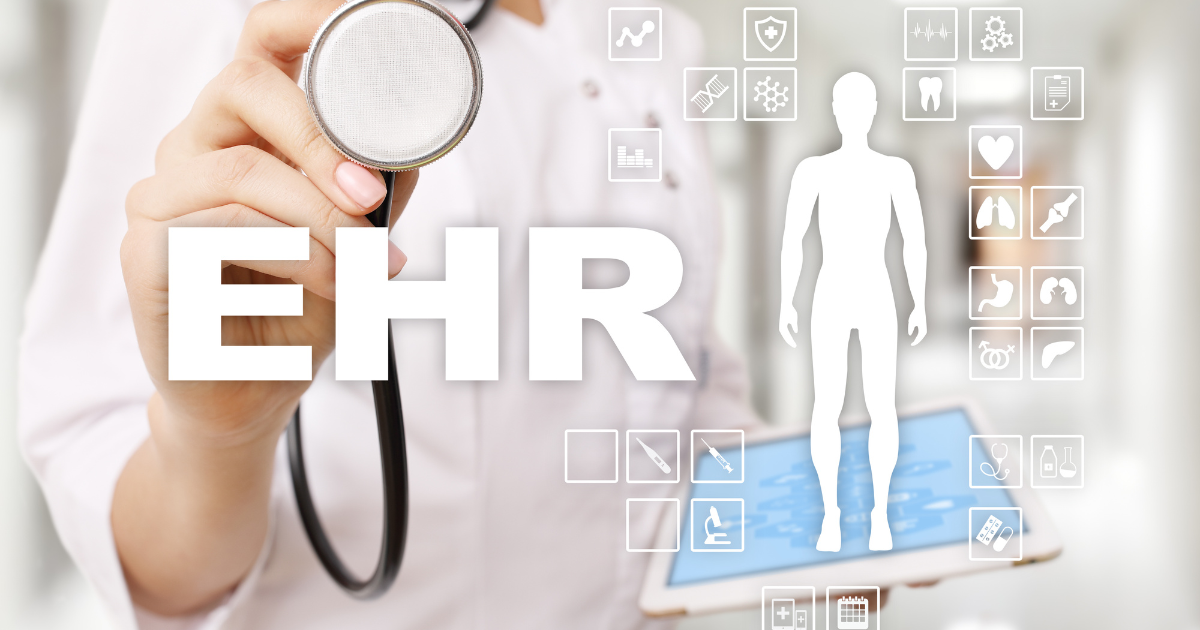In recent years, telehealth has emerged as a transformative force in healthcare delivery, offering convenience, accessibility, and cost-effective solutions for patients and healthcare providers alike. As telehealth continues to gain momentum, seamless integration with Electronic Health Records (EHR) has become a crucial aspect of modern healthcare systems. This blog explores the benefits, challenges, and prospects of integrating telehealth software with EHR systems.
The Importance of Telehealth-EHR Integration
Telehealth software integration with EHR systems facilitates the exchange of critical patient data, enhances care coordination, and streamlines workflows for healthcare professionals. Here are some key reasons why this integration is of paramount importance:
- Comprehensive Patient Data: Integration ensures that all patient information, including medical history, medication records, test results, and treatment plans, is consolidated in one central location. This comprehensive view enables healthcare providers to make informed decisions and deliver personalized care.
- Efficient Communication: Seamless integration allows real-time communication between healthcare providers and patients. Physicians can securely access patient data during telehealth consultations, ensuring accurate diagnoses and appropriate treatment recommendations.
- Enhanced Care Coordination: Integrating telehealth software with EHR systems enables smooth coordination among healthcare providers involved in patient care. This collaboration improves patient outcomes by minimizing errors, reducing duplication of tests, and ensuring timely follow-ups.
- Time and Cost Savings: Telehealth-EHR integration eliminates the need for manual data entry, reducing administrative burden and saving time for healthcare professionals. It also enables remote monitoring and reduces unnecessary in-person visits, leading to cost savings for patients and healthcare systems.

Challenges and Considerations
While the integration of telehealth software with EHR systems offers numerous advantages, there are challenges that need to be addressed:
- Interoperability: Ensuring compatibility between different telehealth platforms and EHR systems can be complex due to variations in data formats, standards, and security protocols. Standardization efforts and robust interoperability frameworks are necessary to overcome these challenges.
- Data Security and Privacy: Protecting patient data is a critical concern in healthcare. Telehealth-EHR integration requires robust security measures to safeguard sensitive information during transmission, storage, and access. Compliance with privacy regulations, such as the Health Insurance Portability and Accountability Act (HIPAA), is imperative.
- User Experience: Designing intuitive and user-friendly interfaces for telehealth software is essential to encourage adoption and ensure a seamless patient and healthcare provider experience. Integration should prioritize ease of use, minimize technical barriers, and provide a smooth transition between telehealth and EHR workflows.
The Future of Telehealth-EHR Integration
As technology advances and telehealth becomes even more prevalent, the integration with EHR systems will continue to evolve. Here are some prospects:
- Advanced Analytics and Insights: Integrating telehealth data with EHR systems can unlock valuable insights through advanced analytics. Artificial intelligence and machine learning algorithms can analyze vast amounts of data to identify patterns, predict patient outcomes, and support evidence-based decision-making.
- Remote Monitoring and Wearables: Integrating telehealth platforms with remote monitoring devices and wearables can provide real-time data on patients’ vital signs, activity levels, and medication adherence. This integration enhances remote patient monitoring capabilities and enables proactive interventions, improving chronic disease management.
- Seamless Workflow Integration: Efforts are underway to create seamless workflows by integrating telehealth software directly into EHR systems. This integration will eliminate the need for separate platforms and enable healthcare providers to conduct telehealth visits within their existing EHR workflows, improving efficiency and user experience.
Telehealth software integration with Electronic Health Records (EHR) is a vital step toward modernizing healthcare delivery. The seamless exchange of patient data, enhanced care coordination, and improved efficiency make this integration essential for the future of healthcare. While challenges exist, ongoing efforts in standardization, security, and user experience will pave the way for a more connected and patient-centric healthcare system. As telehealth continues to evolve, integrating EHR systems will play a pivotal role in delivering high-quality care to patients, regardless of geographical barriers.
